Table of content
In the vast culinary landscape, simple dishes often hold the most profound flavors and memories. One such dish that combines the essence of simplicity with a delightful burst of flavors is peas scrambled eggs. This humble yet delightful combination is a testament to the magic that happens when basic ingredients are skillfully blended. Whether you’re a seasoned chef or a home cook looking to impress, learning how to make peas scrambled eggs can add a vibrant, nutritious, and delicious addition to your repertoire. This guide aims to take you through the step-by-step process, ensuring that your peas scrambled eggs are not only tasty but also visually appealing.
Understanding the Ingredients
Before diving into the cooking process, it’s crucial to understand the ingredients and their roles in creating the perfect peas scrambled eggs.
Eggs: The foundation of this dish, eggs provide protein, richness, and structure. For best results, use fresh, free-range eggs as they tend to have a better flavor and texture.
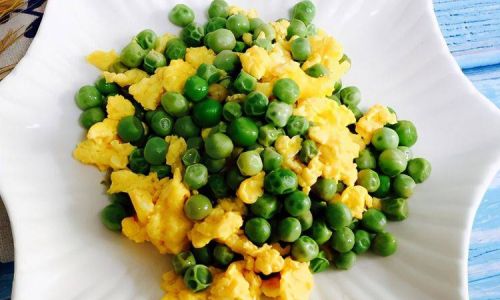
Peas: Fresh or frozen peas work well, each bringing its unique texture and flavor. Fresh peas offer a sweeter, more delicate taste, while frozen peas can be more convenient and still retain a good amount of sweetness and nutritional value when cooked properly.
Butter or Oil: These fats are essential for cooking the eggs and adding flavor. Butter tends to give a richer, creamier taste, while oil can be lighter and healthier. Choose based on your dietary preferences and taste buds.
Salt and Pepper: Seasoning is key to enhancing the natural flavors of the ingredients. A pinch of salt and a dash of pepper can elevate the dish significantly.

Optional Ingredients: For added depth and complexity, consider incorporating minced garlic, chopped herbs like parsley or chives, a splash of milk or cream for a creamier texture, or even a sprinkle of cheese.
Preparation and Cooking Techniques
Step 1: Gather and Prep Your Ingredients
Begin by gathering all your ingredients and ensuring they are ready to use. Wash and drain any fresh peas if using. If using frozen peas, you can add them directly from the freezer, as they will thaw quickly during cooking. Crack your eggs into a bowl and whisk them thoroughly until the yolks and whites are fully combined. Season the eggs with a pinch of salt and a dash of pepper.
Step 2: Heat Your Pan
Place your skillet or frying pan over medium heat. Allow it to preheat for a couple of minutes. This ensures that the eggs will cook evenly and not stick to the pan. If using butter, add it to the pan now and let it melt, swirling it around to coat the bottom and sides evenly. If using oil, pour in just enough to lightly coat the pan.

Step 3: Cook the Peas
Once the butter is melted and bubbly or the oil is hot, add your peas. If using fresh peas, cook them for about 3-4 minutes until they turn bright green and tender. Frozen peas will take slightly less time, about 2-3 minutes. Stir occasionally to prevent burning and ensure even cooking.
Step 4: Add the Eggs
Once the peas are cooked to your liking, pour the beaten eggs into the pan. Allow them to sit for a moment to begin setting at the edges. Then, gently stir with a spatula or wooden spoon, pushing the edges toward the center and tilting the pan to allow the uncooked eggs to flow to the edges. Continue this gentle folding motion until the eggs are just cooked through but still slightly creamy. Avoid over-stirring, as this can make the eggs dry and rubbery.
Step 5: Season and Finish
Once the eggs are cooked to your preference, remove the pan from the heat. Taste and adjust the seasoning with more salt and pepper if needed. At this point, you can also fold in any optional ingredients like chopped herbs, cheese, or a splash of cream for added richness.

Step 6: Serve and Enjoy
Transfer your peas scrambled eggs to a plate or bowl. Garnish with a sprinkle of fresh herbs, a wedge of lemon for a zesty kick, or a light dusting of paprika for color and a hint of smokiness. Serve immediately while hot to enjoy the best texture and flavor.
Tips for Perfect Peas Scrambled Eggs
- Temperature Control: Maintaining the correct heat is crucial. Too high will cause the eggs to brown too quickly and become dry, while too low will make them soggy. Medium heat is usually ideal.
- Non-Stick Pans: Using a non-stick pan can make the cooking process easier and reduce the chances of the eggs sticking to the bottom.
- Quality Ingredients: Always use fresh, high-quality ingredients for the best results.
- Don’t Over-Stir: Gentle folding is key to achieving creamy, tender scrambled eggs. Over-stirring can break down the eggs and make them tough.
- Experiment with Flavors: Don’t be afraid to experiment with different herbs, spices, and cheeses to find your perfect peas scrambled eggs recipe.
Conclusion
Making peas scrambled eggs may seem like a straightforward task, but mastering the art requires attention to detail, quality ingredients, and the right techniques. This dish is not just about combining two ingredients; it’s about creating a harmonious balance of flavors, textures, and colors. By following the steps outlined in this guide and embracing a bit of creativity, you can transform a simple dish into something truly special. Whether you’re cooking for yourself, family, or friends, peas scrambled eggs are a delightful way to showcase your culinary skills and delight the taste buds. So, gather your ingredients, heat up your pan, and start creating your own masterpiece of peas scrambled eggs today!
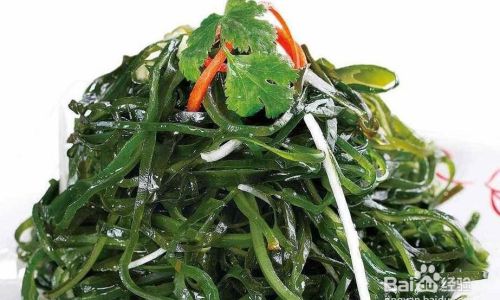
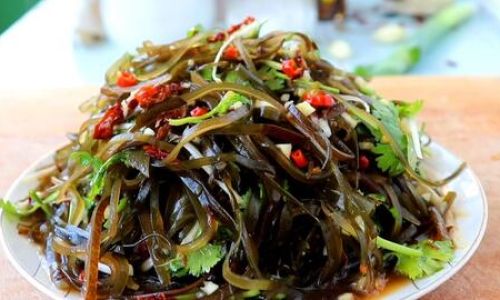
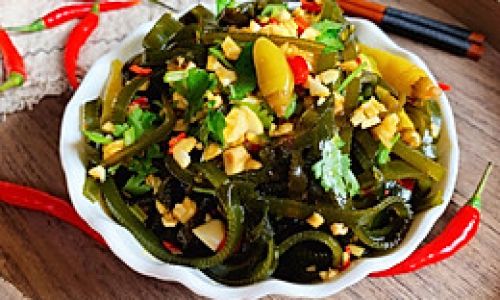
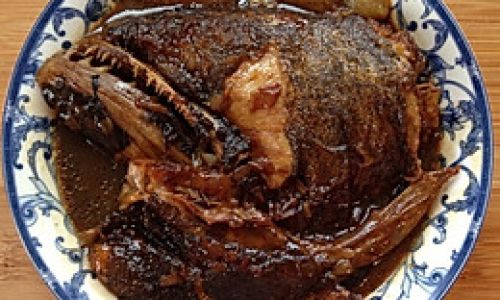

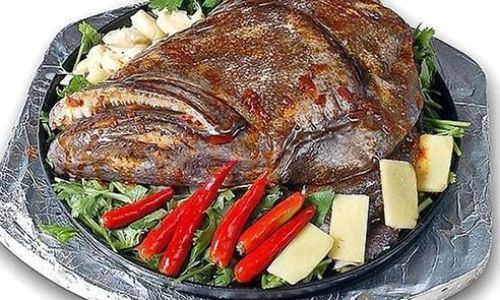
0 comments